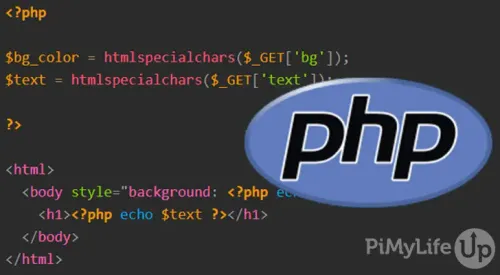Introduction to Email Validation in PHP
Email validation is an essential aspect of web development, especially when dealing with user sign-ups, registration forms, and contact pages. Invalid email addresses can lead to various issues like incorrect communication, security vulnerabilities, and poor user experience. In PHP, validating an email address ensures that the data provided by the user is correct and functional.
In this guide, we will walk you through the process of email validation in PHP, explaining how to check if an email address follows the proper format and whether it exists. We will also provide practical examples to help you implement email validation on your PHP website or application.
Why is Email Validation Important?
Before diving into the PHP code, it’s essential to understand why email validation is crucial:
- Prevent User Input Errors: Users often make typos when entering their email addresses. Validating the email ensures that the data entered is correct.
- Improve Communication: Email validation helps ensure that you have valid contact information for your users, enabling better communication.
- Enhance Security: A well-implemented validation process can prevent malicious users from entering fake or harmful email addresses.
- Optimize Marketing Efforts: Validating emails helps in maintaining a clean database, making it easier to run email marketing campaigns and reducing the bounce rate.
How to Perform Email Validation in PHP
There are several ways to validate an email address in PHP. Let’s go over the most common techniques used for this task.
1. Basic Email Format Validation Using filter_var()
PHP provides a built-in function called filter_var() that can be used to validate an email format. This method checks if the email address is in a valid format but does not verify whether the domain exists or if the email is deliverable.
Here’s a basic example of how to use filter_var() for email validation:
This code uses the FILTER_VALIDATE_EMAIL filter to validate the format of the email address. If the email is valid, it outputs a success message; otherwise, it shows an error message.
2. Regex Email Validation
While filter_var() is effective for most cases, you can also use regular expressions (regex) for more advanced validation. A regex allows you to match specific patterns of email addresses based on the rules you define.
Here’s an example of using regex for email validation in PHP:
In this example, the regex checks for the following:
- The email should start with alphanumeric characters or certain symbols like
_,., or-. - The domain name should consist of alphanumeric characters separated by periods.
- The top-level domain should be between 2 and 6 characters long.
3. Check if the Domain Exists
While format validation ensures that the email follows the proper structure, it does not verify if the email address exists or if the domain is valid. To check the existence of the domain, you can use the checkdnsrr() function in PHP.
Here’s how you can verify if the domain of the email exists:
In this code, checkdnsrr() checks if the email domain has an MX (Mail Exchange) record, which indicates that the domain is capable of receiving emails.
4. Send a Test Email
Although not commonly used in standard email validation, sending a test email to the user can provide an additional layer of verification. This method helps ensure that the email address is valid, active, and capable of receiving messages.
Here’s a basic example using PHP’s mail() function to send a test email:
While this method adds another layer of verification, it’s important to note that some users may not receive the test email due to spam filters or email delivery issues.
Handling Email Validation Errors
When validating emails, it’s important to handle errors gracefully. If an email address is invalid, you can display an error message informing the user of the issue. You can also provide feedback on the type of error, such as “Invalid email format” or “Domain not found.”
Here’s an example of how to implement error handling for email validation in PHP:
This code checks both the email format and the domain existence, providing specific error messages for each validation failure.
Conclusion
Validating email addresses in PHP is crucial for maintaining accurate data, improving user experience, and preventing security issues. Using the built-in filter_var() function, regular expressions, and DNS checks can help you ensure that the email addresses provided by users are valid and functional.
Whether you are building a user registration form or an email subscription system, implementing proper email validation is an essential step. By following the techniques outlined in this article, you can ensure that your PHP application handles email addresses correctly and efficiently.





More Stories
Mastering SUMOsearch: Tips and Tricks for Better Search Results
Emergency Tree Removal: When and Why You Need
What is the best auto dialer software for a call center?